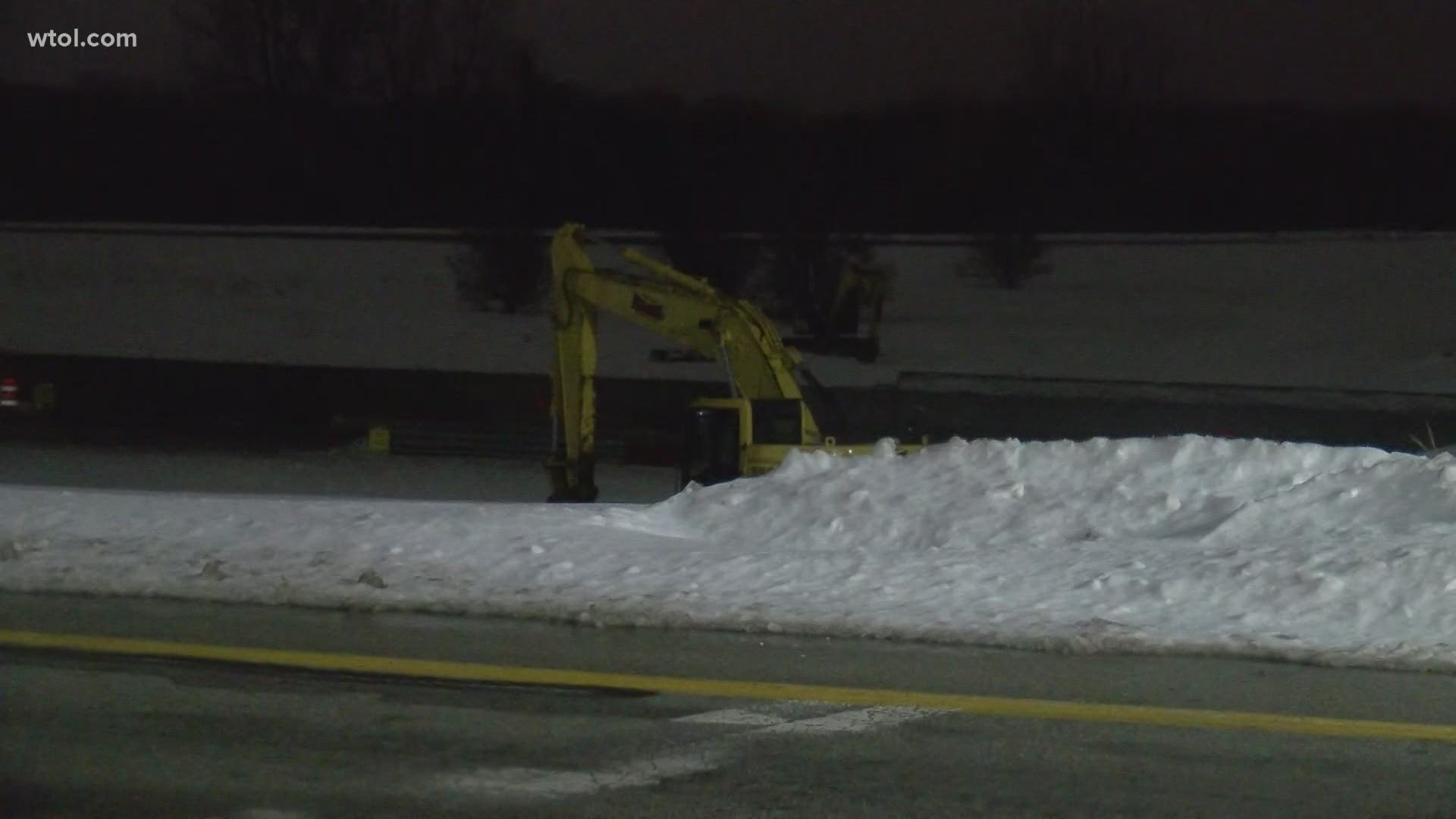COLUMBUS, Ohio — Ohio's infrastructure is on par with the national average, but there is plenty of room for improvement.
The Ohio Section of the American Society of Civil Engineers gave the state a C-, the same grade the United States received overall. The ASCE released its grades Wednesday.
Ohio civil engineers gave 16 categories of infrastructure a C-. Graded categories included bridges (C+), dams (C-), drinking water (D+), energy (C), hazardous waste (D+), inland waterways (D+), levees (D), parks (C-), ports (C), rail (B), roads (D), schools (C+), solid waste (B-), stormwater (D+), transit (D) and wastewater (C-).
Rail infrastructure received the highest grade, earning a B. The report cited significant investment in technology to improve crossing safety.
Ohio has the fourth-most public rail/highway grade crossings in the country. The state spends about $15 million a year to reduce crashes.
Levees, roads, and transit all received a D. 151,000 residents are protected by levees in the state, yet 54 percent of them are living behind levees that have not been screened.
The average age of Ohio levees is 47 years, nearing the end of their projected 50-year lifespan.
The report notes transit funding has decreased from $42.3 million in 2000 to $6.6 million in 2018. In 2019, House Bill 62 was intended to increase state funding for transit to $70 million in 2020 and 2021.
Due to COVID-19, those numbers have already been reduced to $66.8 million and $56 million annually.
The report includes calls to action to create incentives for state and local governments, as well as the private sector, to invest in maintenance and improve efficiency of existing infrastructure. It also calls to improve land use planning at the local level to consider the function of new and existing infrastructure.

